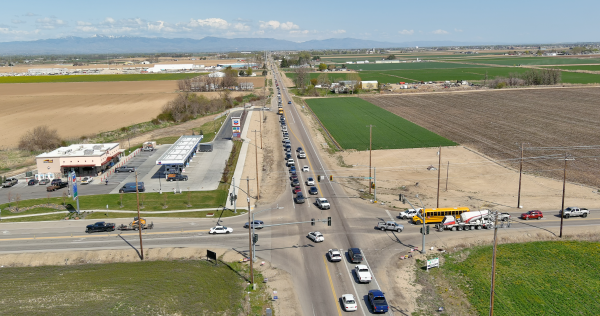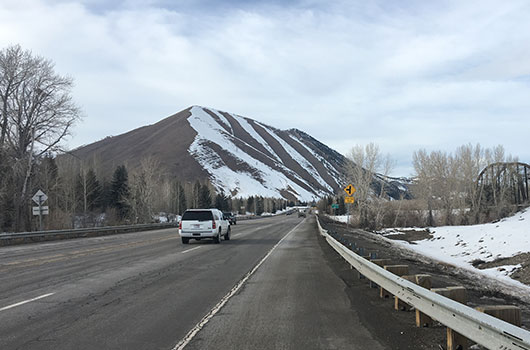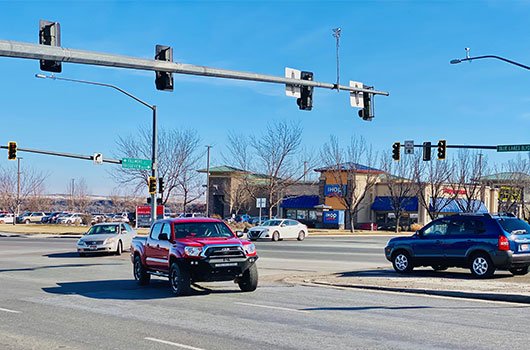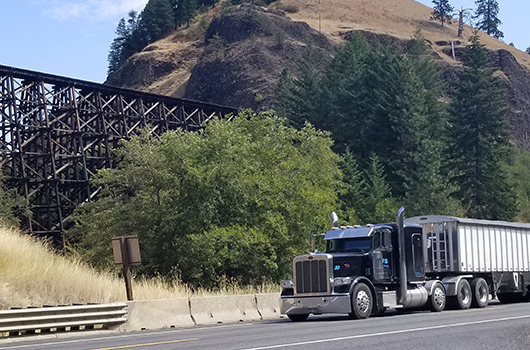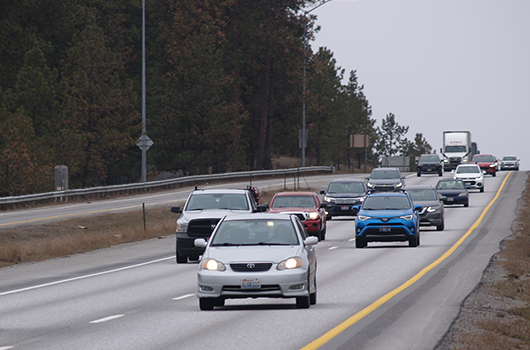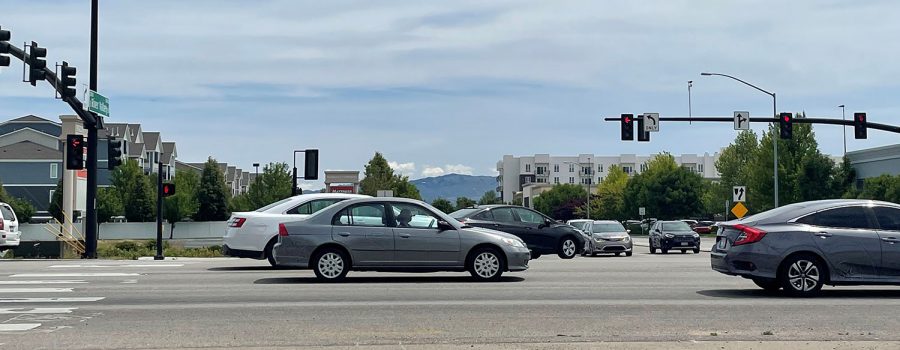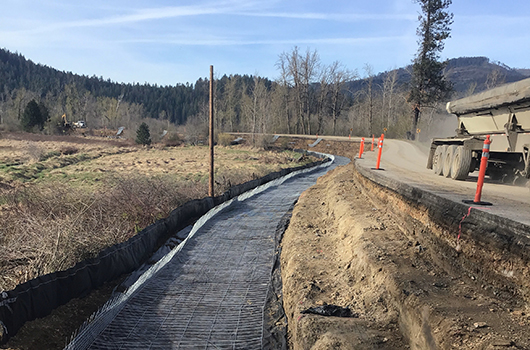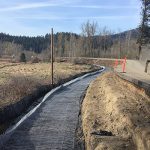Public invited to review alternatives for US-20 improvements from Ashton to Idaho State Highway 87
RIGBY — The Idaho Transportation Department (ITD) will host two public meetings to share information about its Planning and Environmental Linkages (PEL) study and alternatives examining ways to modernize, improve safety, and reduce congestion on US-20 between Ashton and the SH-87 junction. ITD intends to adopt the findings of the PEL study into a future federal environmental clearance process.
The purpose of these meetings is to share alternatives developed from public workshops and the results of the screening committee. ITD will gather public comment on alternatives moving forward including concerns about environmental impacts. Information on access management strategies and opportunities for multi-use crossings along the corridor will also be shared. The public has two opportunities to participate. Both meetings will share the same information.
May 25, 2022,
5 p.m. – 7 p.m.
Island Park EMS Building
4378 County Circle
Island Park, ID 83429
May 26, 2022
5 p.m. – 7 p.m.
Ashton Community Center and Library
925 Main Street
Ashton, ID 83420
Increasing traffic is causing congestion and crashes. Improvements are needed to maintain a safe roadway, meet driver expectations, and provide a reliable connection to adjacent communities, Yellowstone National Park, and the region.
Using technical data and input gathered at public meetings in October and December 2021, the project team developed dozens of alternatives that have been evaluated against a range of criteria, including safety, capacity, and environmental impacts to identify the most promising alternatives for additional consideration.
Both meetings will be held in an open house format. Please stop by any time from 5 p.m. to 7 p.m.
For those who can’t attend in person, an online meeting will be available from May 26 through June 9 at itdprojects.org/projects/us-20-ashton-to-sh-87-jct/
The comment period will remain open until June 9, 2022.

